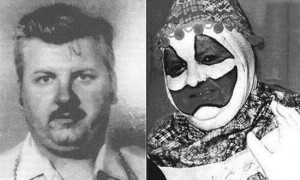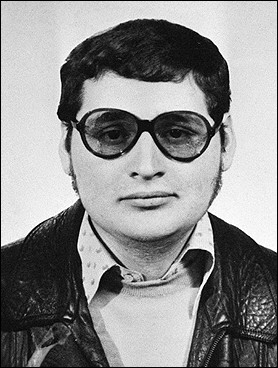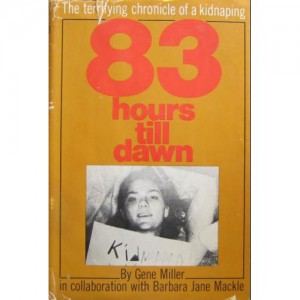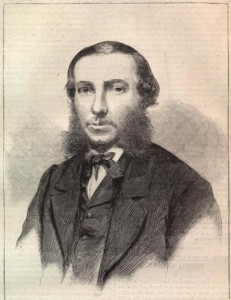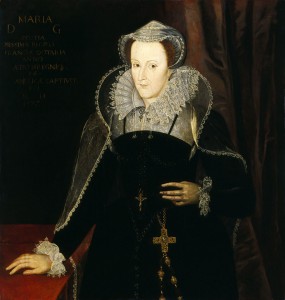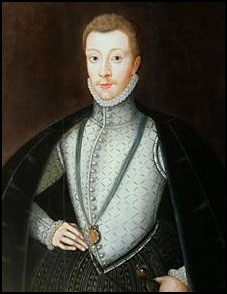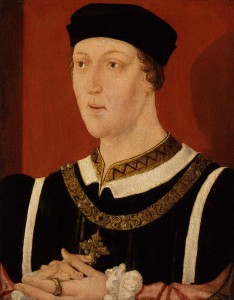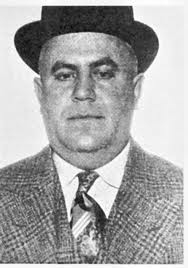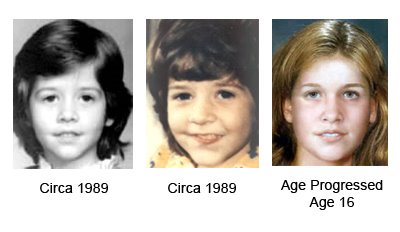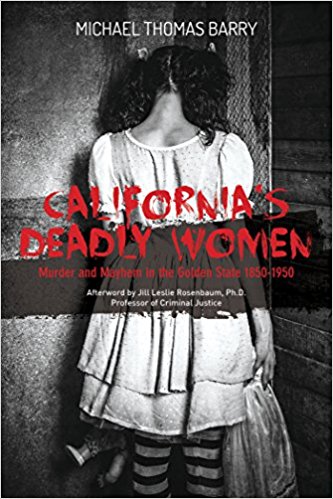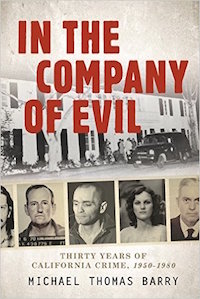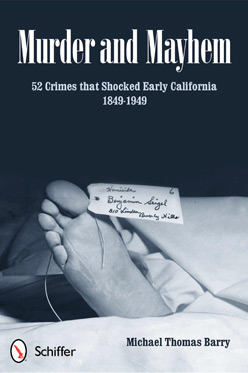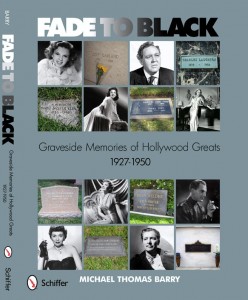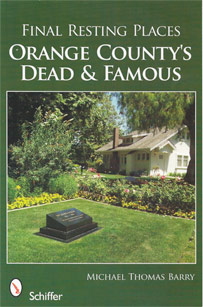12.22
On December 22, 1978, John Wayne Gacy confesses to murdering over two dozen boys and young men and burying their bodies under his suburban Chicago home. In March 1980, Gacy was convicted of 33 sex-related murders, committed between 1972 and 1978, and given the death penalty. At the time, he was the worst serial killer in modern American history. George Ridgway, known as the Green River Killer, overtook Gacy in November 2003, when he admitted to murdering 48 women in the Pacific Northwest.
Gacy was born in Chicago on March 17, 1942. Outwardly, he appeared to have a relatively normal middle-class upbringing; however, by some accounts, Gacy had an abusive alcoholic father and also experienced health issues in his youth. In 1964, Gacy married and moved with his wife to Iowa, where he managed his father-in-law’s Kentucky Fried Chicken restaurants. The couple had two children. However, Gacy’s wife divorced him after he was charged with sexually assaulting one of his male employees in 1968. He was sentenced to 10 years in prison, but was released due to good behavior after serving only a fraction of his sentence.
Gacy moved back to Chicago, where he started a contracting company and remarried. However, the seemingly respectable businessman, who became involved in local politics and once had his photograph taken with then-first lady Rosalynn Carter, was leading a double life as a sexual predator. He committed his first murder in 1972. Gacy’s victims included male prostitutes as well as teenagers who worked for his company. Typically, he lured his victims back to his home and tricked them into being handcuffed or having a rope tied around their necks. Afterward, he’d knock them out with chloroform and then rape, torture and murder them. As he was a well-known community figure, Gacy sometimes dressed up as a clown to entertain children.
He came under suspicion in December 1978 when authorities investigating the disappearance of Robert Piest discovered that the teen was last seen with Gacy. After learning of Gacy’s sex-crime conviction in Iowa, police searched his Norwood Park home. They noticed a strong stench coming from a crawl space but at first thought it was from a damaged sewage pipe. Several items, including a store receipt, were later found at Gacy’s home that linked him to Piest and other young men who’d been reported missing. After Gacy confessed, investigators recovered 29 corpses buried on his property, as well as four more that he’d dumped in nearby rivers when he ran out of room at home. After his conviction, Gacy spent 14 years on Death Row, during which time he made paintings of clowns and other figures that sold for thousands of dollars. On May 10, 1994, having exhausted all his appeals, the 52-year-old Gacy, who the media dubbed the Killer Clown, was put to death by legal injection at Stateville Penitentiary in Joliet, Illinois.

